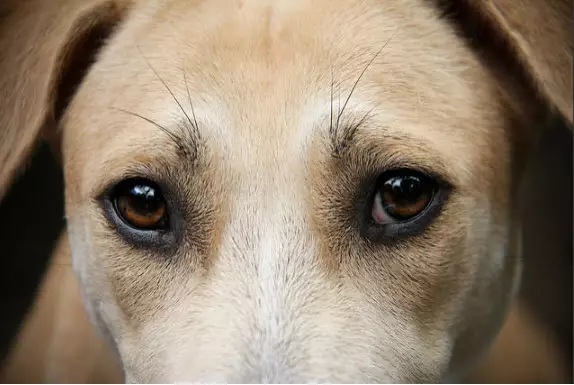As dog owners, ensuring the health and well-being of our furry companions is paramount. One vital aspect that often goes unnoticed is eye health. Regular veterinary check-ups usually encompass an examination of the eyes, as many eye-related disorders can occur silently during the early stages. Recognizing the symptoms and understanding common eye conditions will not only enhance the connection with your pet but also save them from potential pain and suffering.
Recognizing Symptoms of Eye Issues
Dogs may not display obvious signs of discomfort or vision problems, making it crucial for owners to be vigilant about their dogs’ eye health. Typical signs to watch for include excessive tearing, frequent pawing at the eyes, and any apparent squinting or reluctance to open their eyes fully. Observing these behaviors can prompt timely veterinary intervention, essential for preserving their eyesight and overall health. Early diagnosis significantly impacts treatment effectiveness for various eye conditions, ranging from mild to severe.
Common Canine Eye Conditions
Several eye ailments can afflict our canine companions. Understanding these conditions allows pet owners to seek appropriate care:
1. Corneal Ulcers: These are abrasions on the cornea, often resulting from injuries or irritations such as thorns or rough play. Symptoms of corneal ulcers include redness, squinting, and increased tear production. Although these ulcers can often heal well with prompt treatment, they can cause significant discomfort if left unattended.
2. Cataracts: Common in older dogs, cataracts cause cloudiness in the lens, impairing vision. Differentiating cataracts from nuclear sclerosis—a common aging phenomenon that might blur vision but does not usually lead to blindness—is crucial. While surgical options are available, they are typically only recommended when vision significantly deteriorates.
3. Dry Eye (Keratoconjunctivitis Sicca): This condition arises when tear production diminishes or ceases entirely. Dogs may exhibit yellow discharge and red, irritated eyes. Persistent dry eye, if not treated, can lead to irreversible blindness. Treatment usually involves medications to stimulate tear production or manage symptoms.
4. Glaucoma: A serious condition characterized by increased intraocular pressure, glaucoma can cause severe pain and vision loss. Symptoms include redness, eye enlargement, and excessive tearing. There are two forms: primary glaucoma is an inherent defect in drainage, while secondary glaucoma is triggered by other eye conditions. Timely treatment is essential to preserve vision.
5. Progressive Retinal Atrophy (PRA): This hereditary condition results in retinal degeneration, leading to blindness over time. The gradual loss of sight often goes unnoticed until it reaches advanced stages, given its slow progression. Although there’s no cure for PRA, dogs typically adapt well to diminished vision.
6. Cherry Eye: Often seen in certain breeds, this condition occurs when the third eyelid prolapses, becoming visible as a red lump. Cherry eye can lead to further eye complications if not corrected. Surgical intervention is usually necessary to reposition the eyelid.
7. Entropion and Ectropion: These two conditions involve abnormal eyelid positioning. Entropion causes the eyelid to flip inward, which results in eyelashes irritating the eye and potentially leading to corneal ulcers. Conversely, ectropion is characterized by a drooping eyelid, leading to watery, irritated eyes. Surgical correction can be required for entropion, while ectropion may not need immediate intervention depending on severity.
8. Conjunctivitis: While commonly known as pink eye, conjunctivitis in dogs is often a sign of underlying issues like allergies, irritants, or infections. Typical symptoms include redness and discharge. If your dog shows signs of conjunctivitis, timely veterinary evaluation is crucial for effective treatment.
Maintaining your dog’s eye health is an essential part of responsible pet ownership. Regular vet check-ups, awareness of symptoms, and understanding common eye ailments equip owners to act promptly when eye issues arise. While some conditions might require surgical intervention, others can be managed effectively with suitable treatments. Ensuring that your dog receives the necessary care can help them thrive, enjoy their lives to the fullest, and maintain their precious sight. Remember, proactive steps today can lead to a healthier and happier future for your beloved pet.

